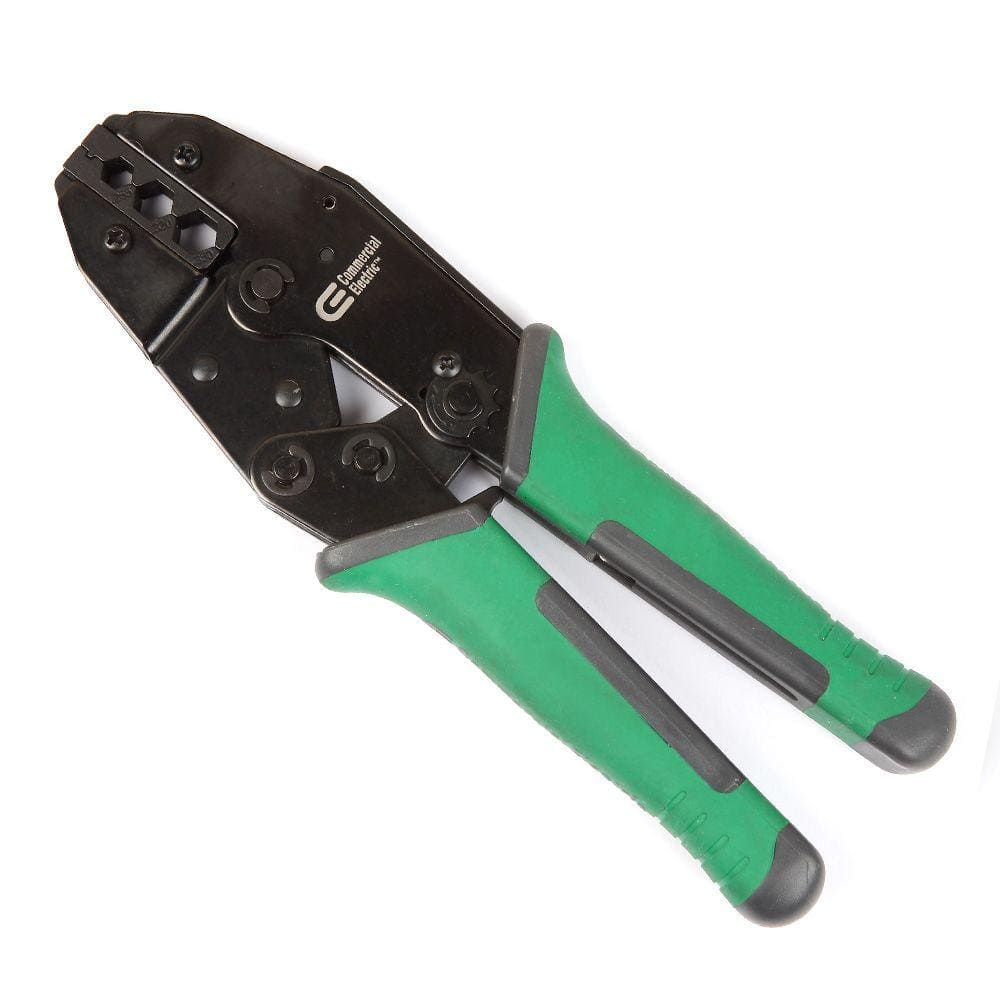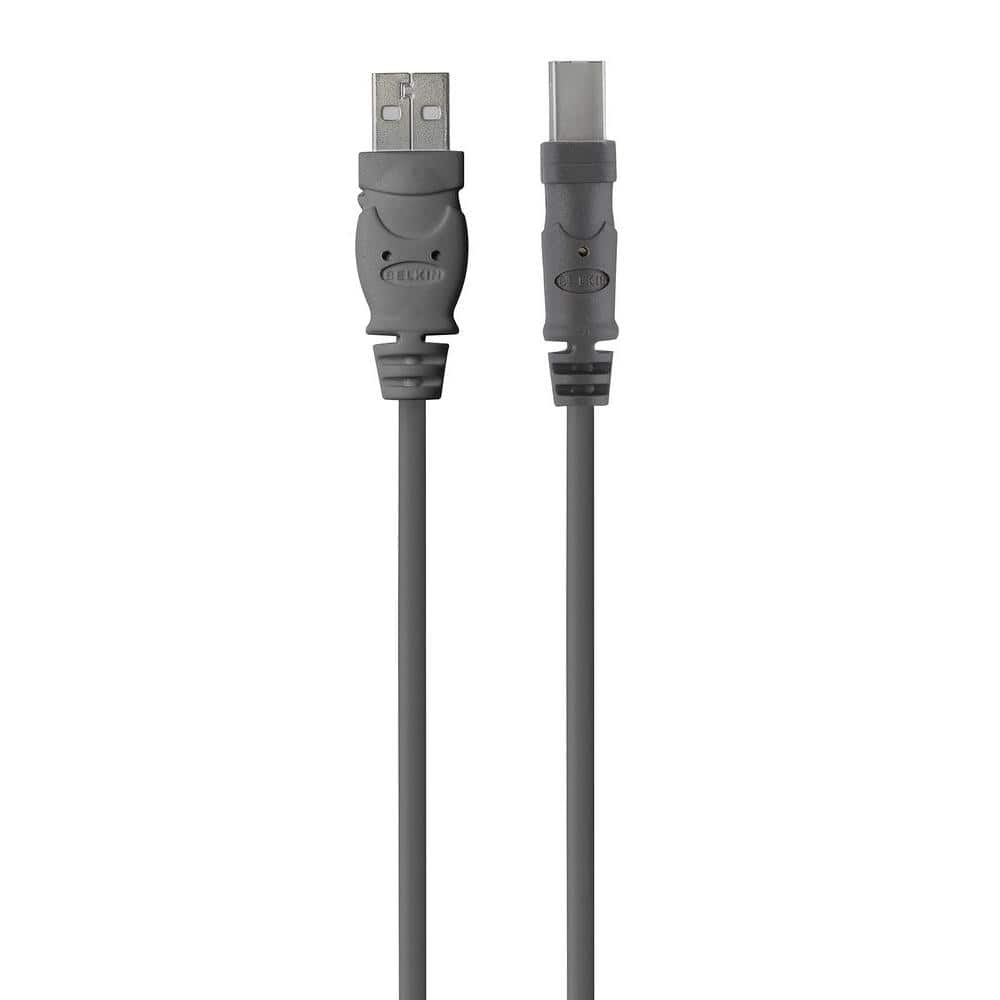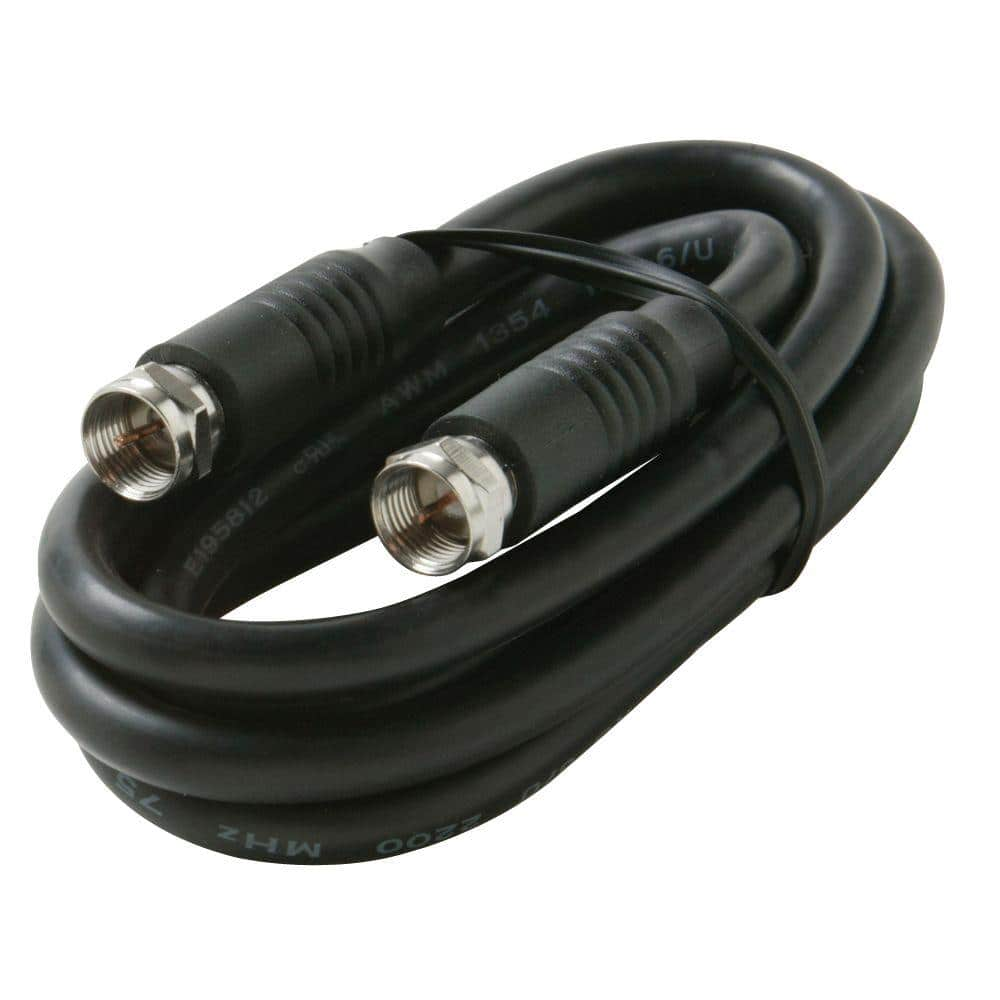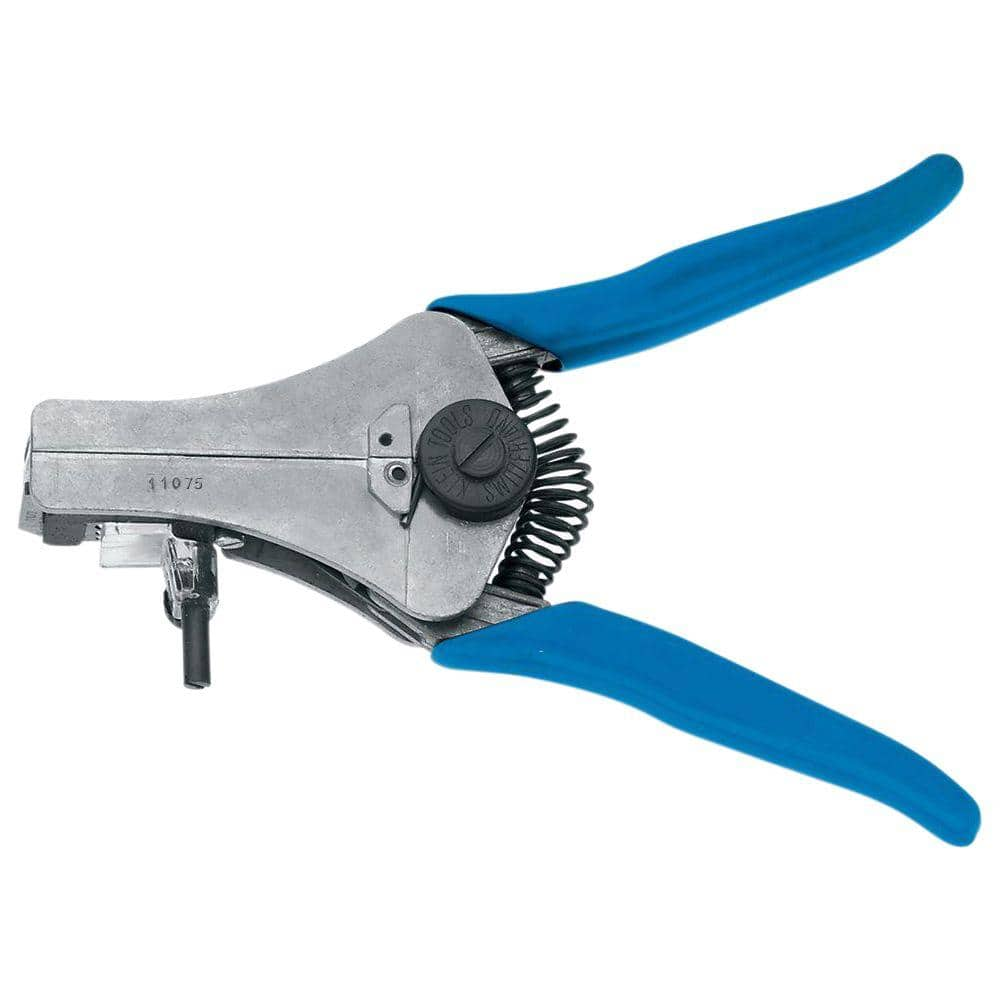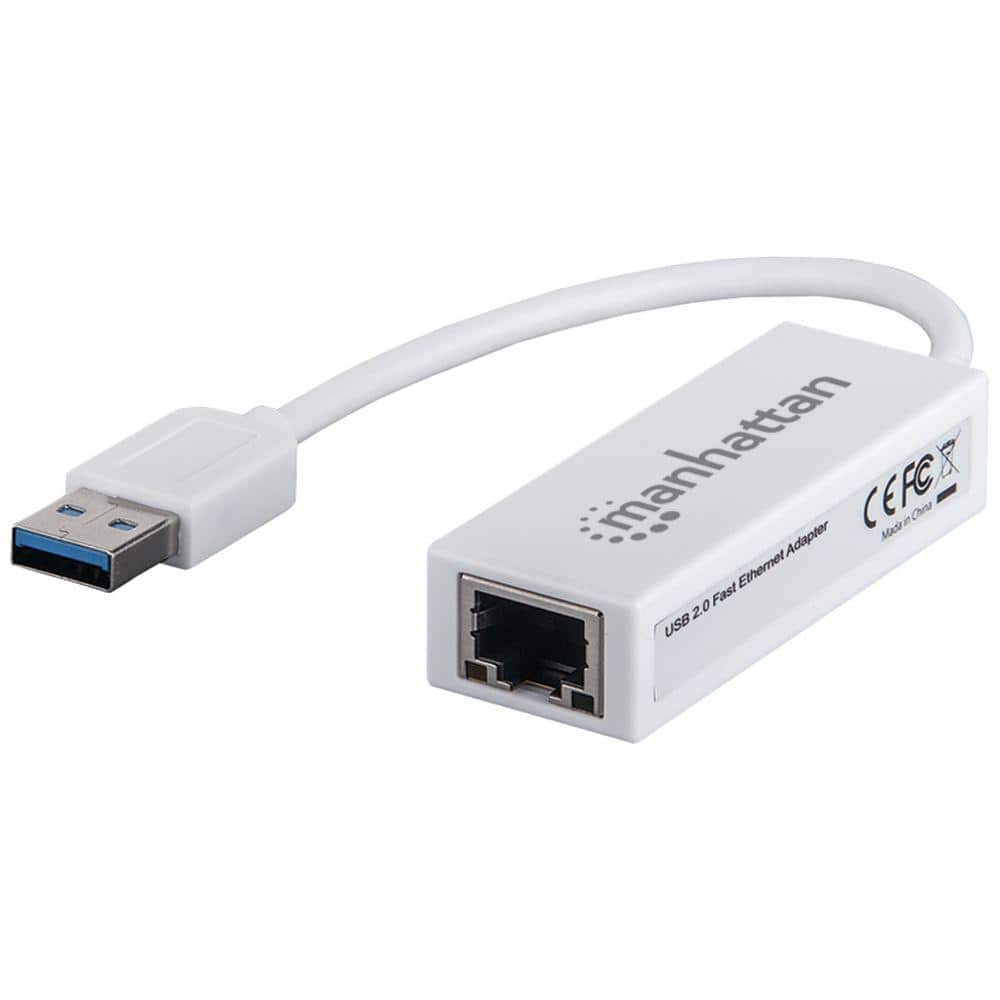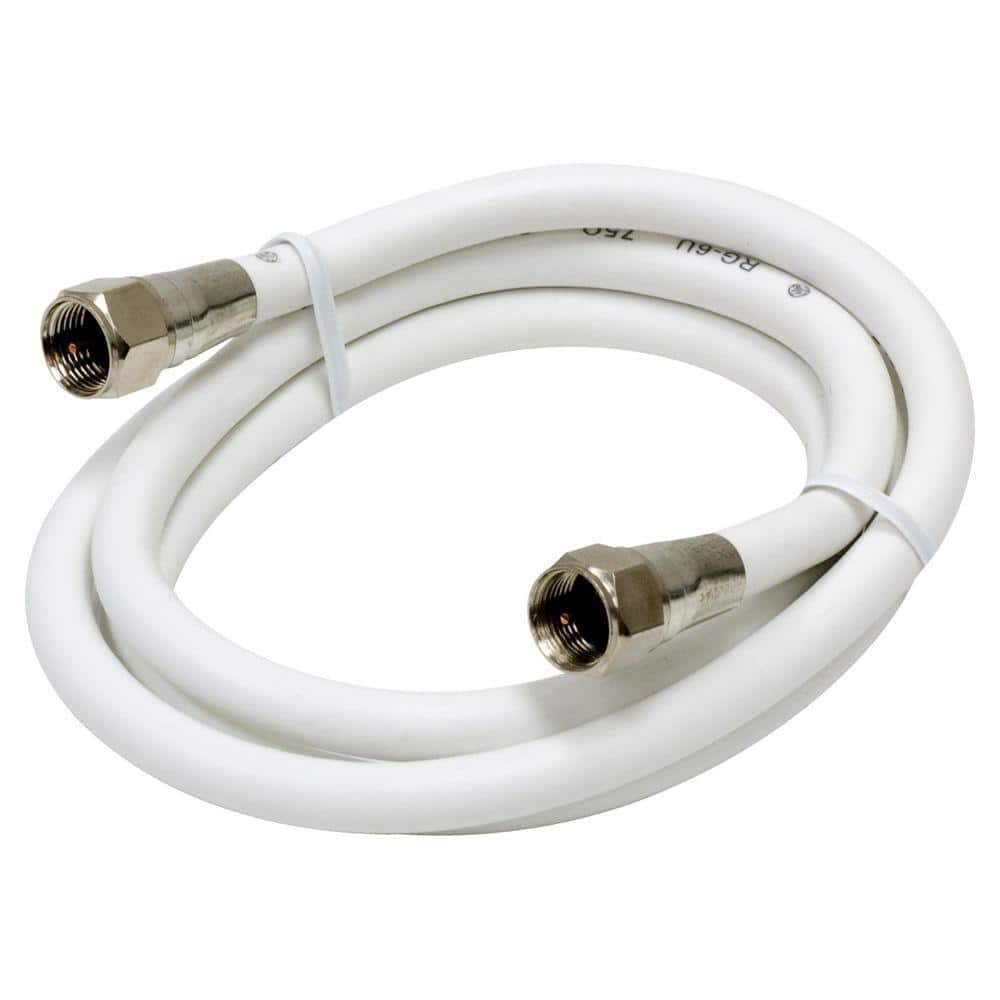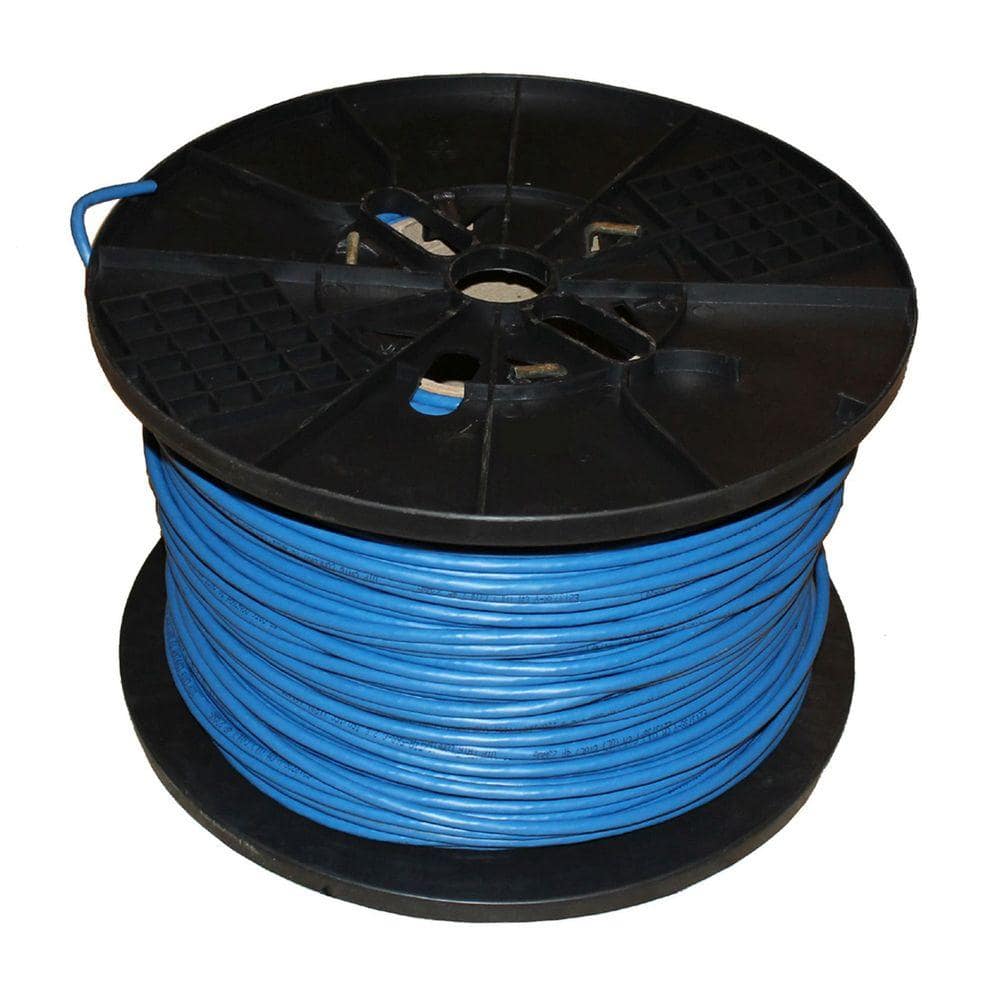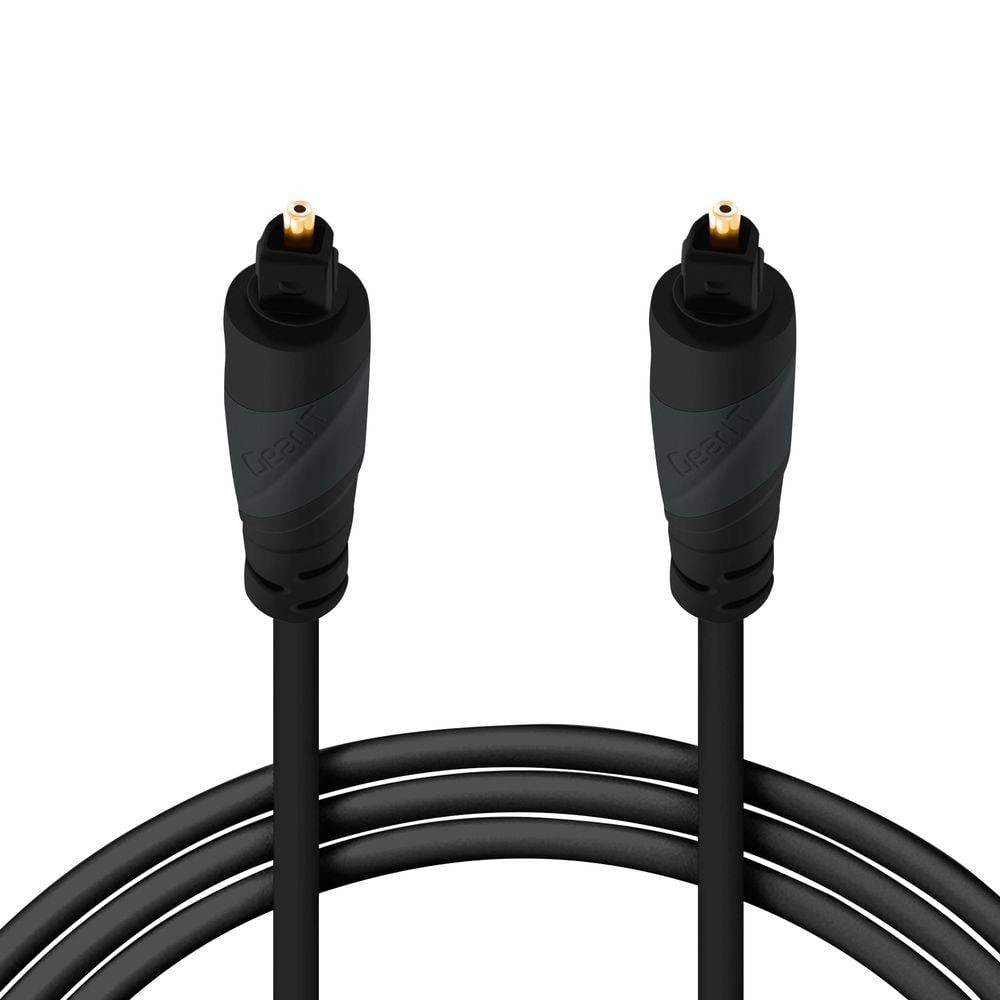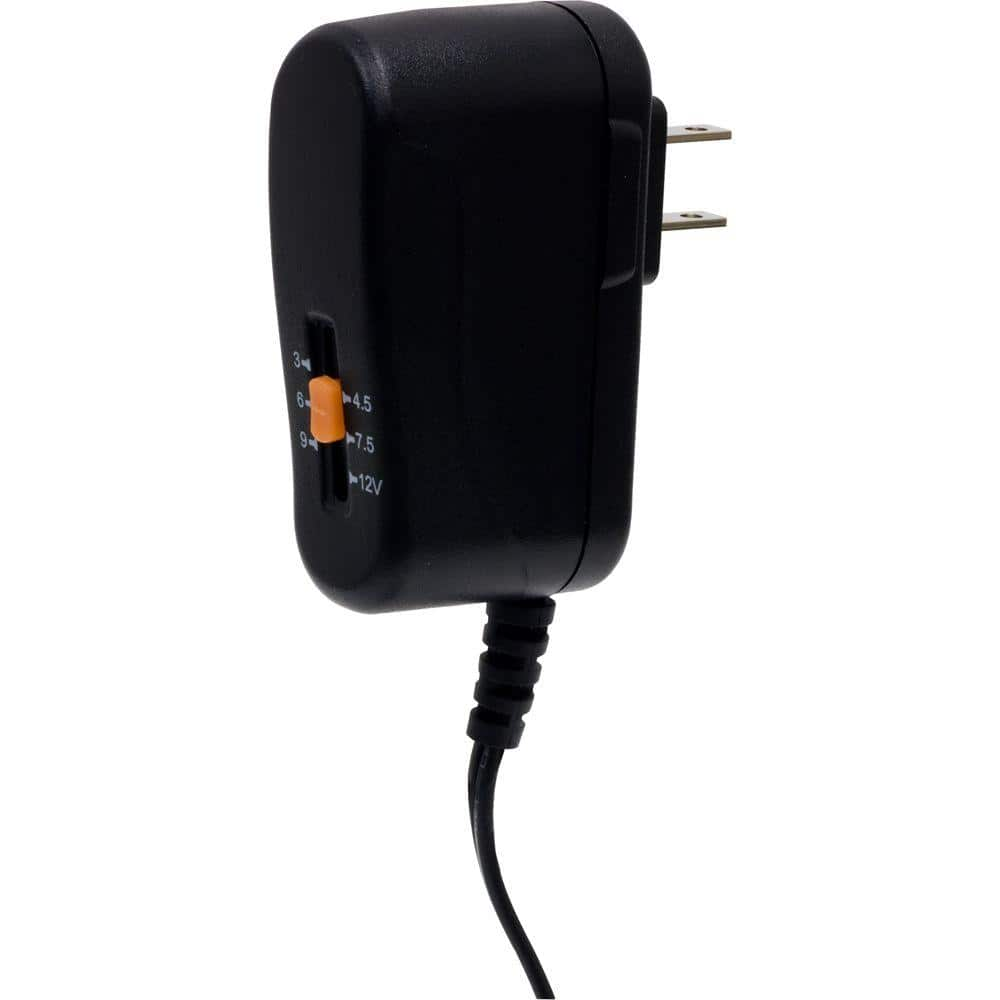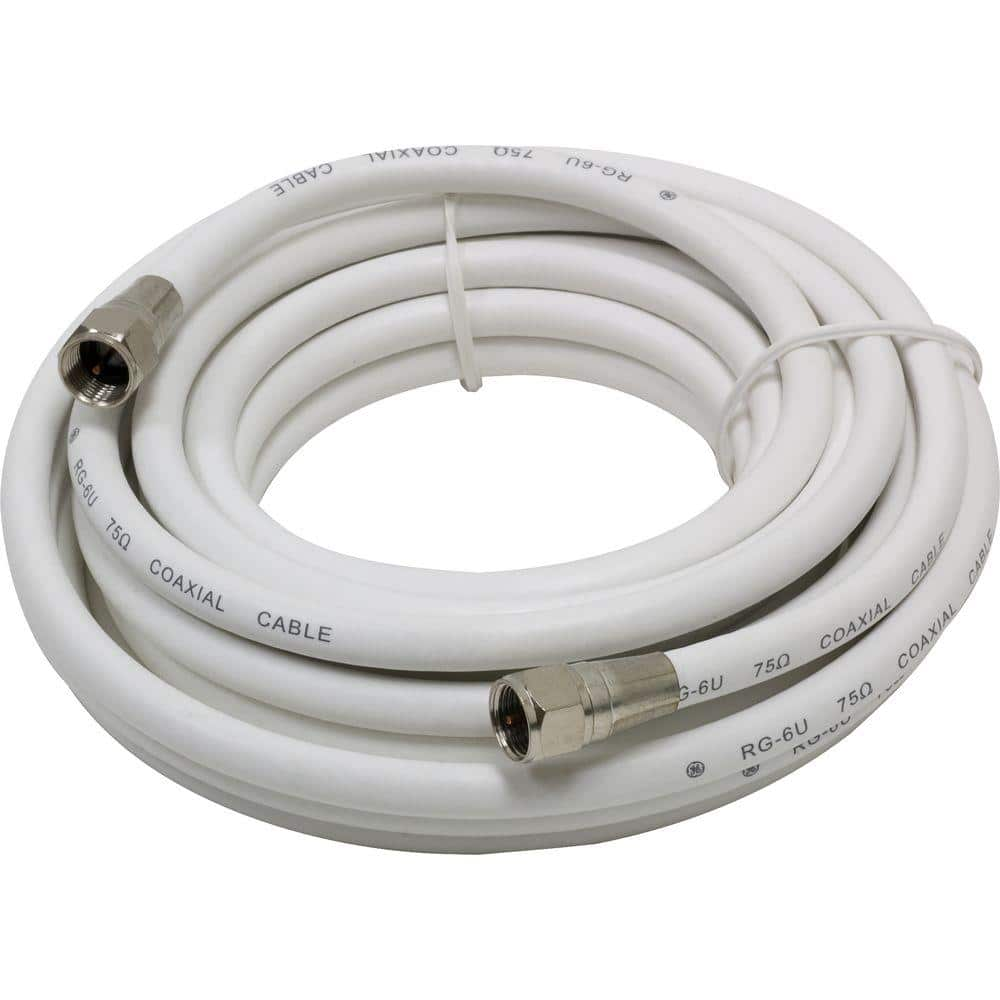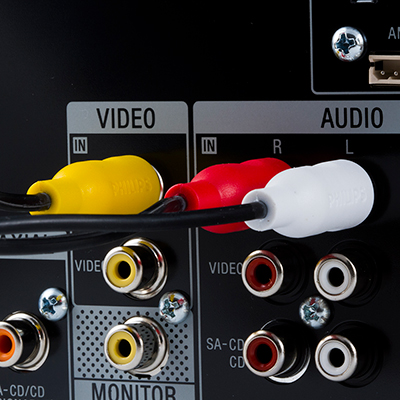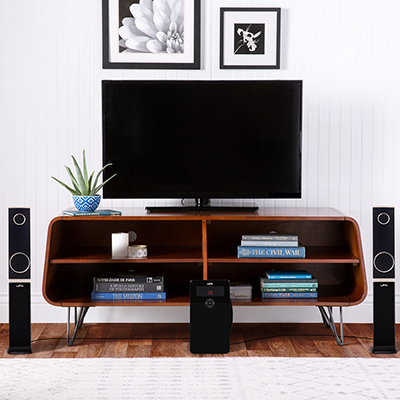Types of Cables and Connectors in Networking

Last updated September 7, 2023
Connectors in networking are just as important as the types of cables that are used to set up computer servers, transfer important data and operate the computer networks that make businesses or homes run. Your home alone can have many types of connectors and cables. You need them for home phone services, cable television, internet routers and security cameras. This guide outlines network cable types and the types of wiring connectors used for data, video and audio cables.
Table of Contents
Types of Cables
Voice and Data Cables
Coaxial Cables
Fiber Optic Cables
Types of Connectors
Ethernet Cable Connectors
Types of Cables
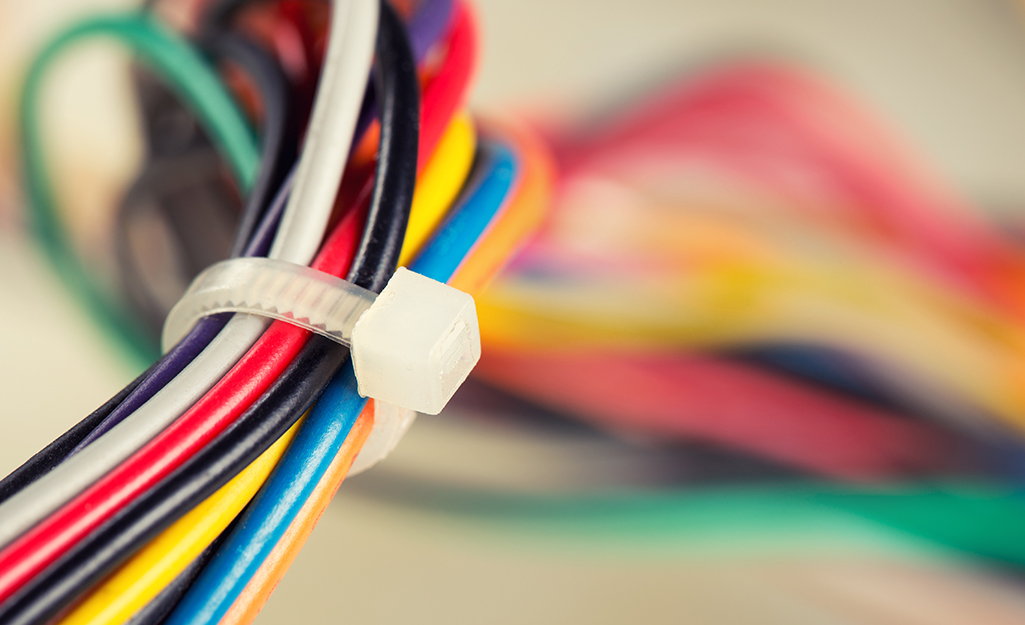
“Wireless” appears to be the goal in our connected society, yet some network cables are necessary to allow computers to transfer information. In some cases, networking cables are simply preferred for signal strength, stability and security.
Ethernet cables connect computers in a Local Area Network, or LAN, within a small area such as a business, college campus or even your home. The wireless router common in many homes is connected to an Ethernet cable from the internet provider.
Twisted-pair cables, coaxial cables and optical audio cables are examples of network cable types commonly found in residences for transmitting telecommunication signals or delivering television programs.
Voice and Data Cables
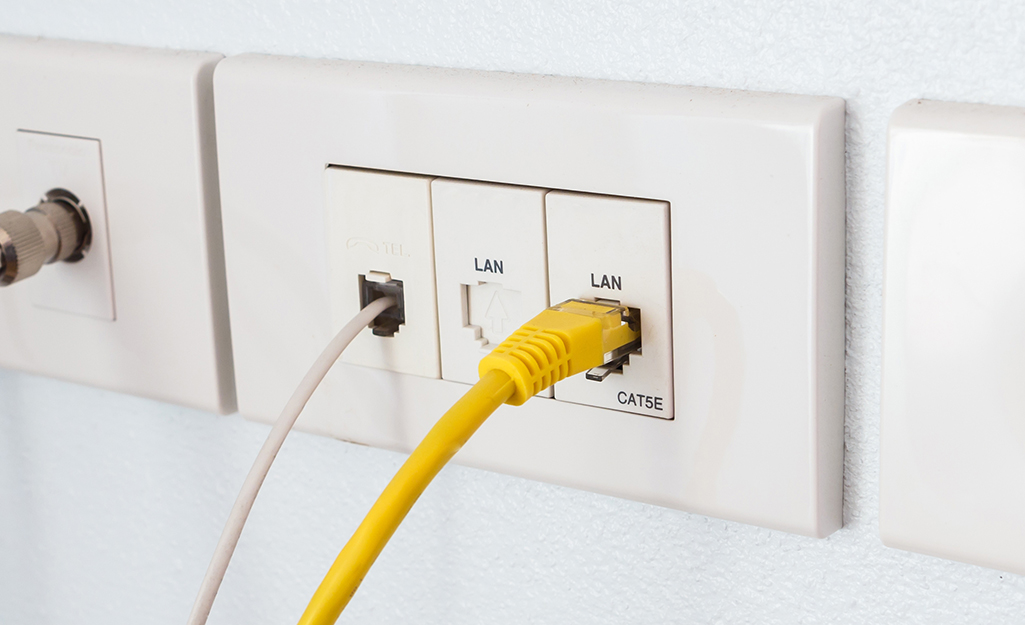
Twisted-pair Category 5e cables, also called CAT5e, are the industry standard for unshielded twisted-pair cables (UTP) for in-home and small business networking. Cables that are manufactured to prevent electromagnetic interference are shielded twisted-pair, or STP cables. CAT5e cables have an Ethernet capability of up to 1,000 megabits per second (Mbps) and can often carry infrared (IR or remote) control signals, eliminating the need for a separate IR network. They connect phones, computer networks, home automation networks and audio/video distribution systems.
CAT5e cables typically consist of four pairs of wire (eight total conductors) wrapped in a single jacket. In addition, Category 6, or CAT6 cable, is a standardized twisted pair network cable designed to meet more stringent standards for crosstalk and system noise than CAT5e. Older categories, such as CAT5, have reduced transmission rates.
Coaxial Cables
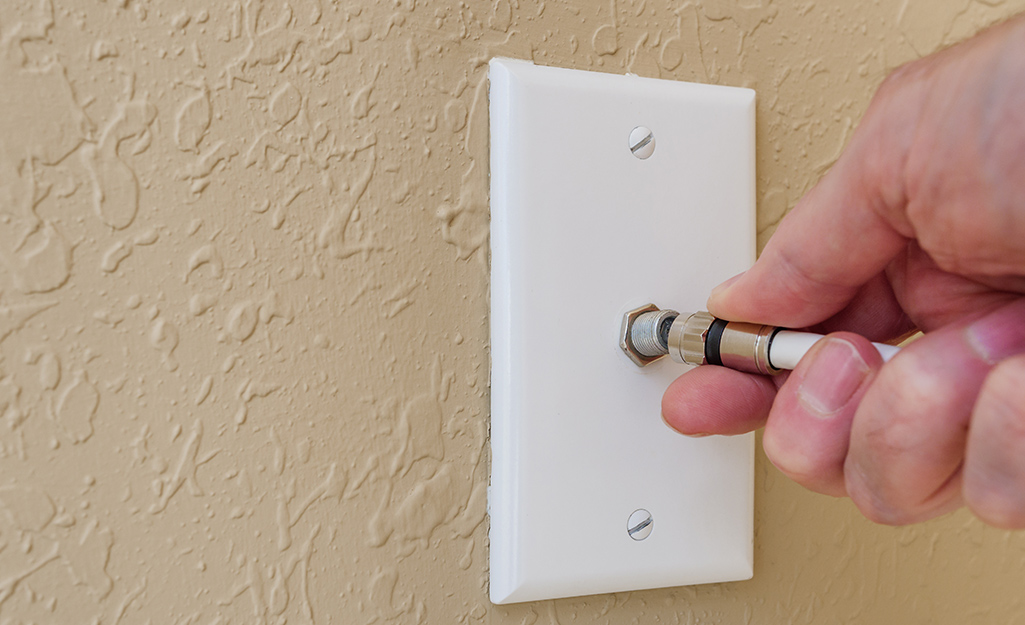
Coaxial cables are metallic cables most often used to carry television signals and connect video equipment. They provide protection from electromagnetic interference, allowing signals with low power to be transmitted over longer distances. They feature a central bayonet wire conductor covered with a dielectric or non-conducting insulator surrounded by mesh or a metal sheath. These components are then covered by a thin plastic layer for protection.
Sometimes called “coax,” they often carry infrared (IR or remote) control signals, eliminating the need for a separate IR network. While no longer installed for the purpose, coax was among the first Ethernet network cable types.
Fiber Optic Cables
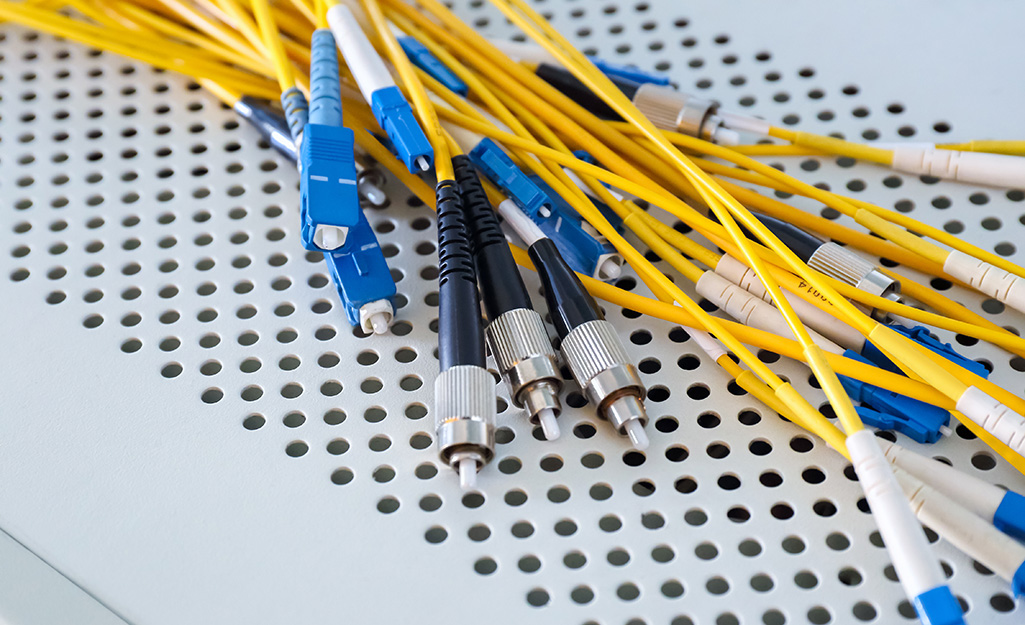
Fiber optic cables use glass or plastic threads to transmit data quickly and efficiently using pulses of light rather than electrical signals. Apart from connecting components in home theaters, they are not as readily available for residential use as are coax and CAT5e. They transmit data at higher rates than coaxial or twisted-pair cables.
Optical audio cables may be used for phones, computer networks and cable television. They have less signal loss than copper and deliver clearer phone conversations or television reception. Multi-mode fiber is designed to carry data over shorter distances by using several rays of light at the same time.
Types of Connectors
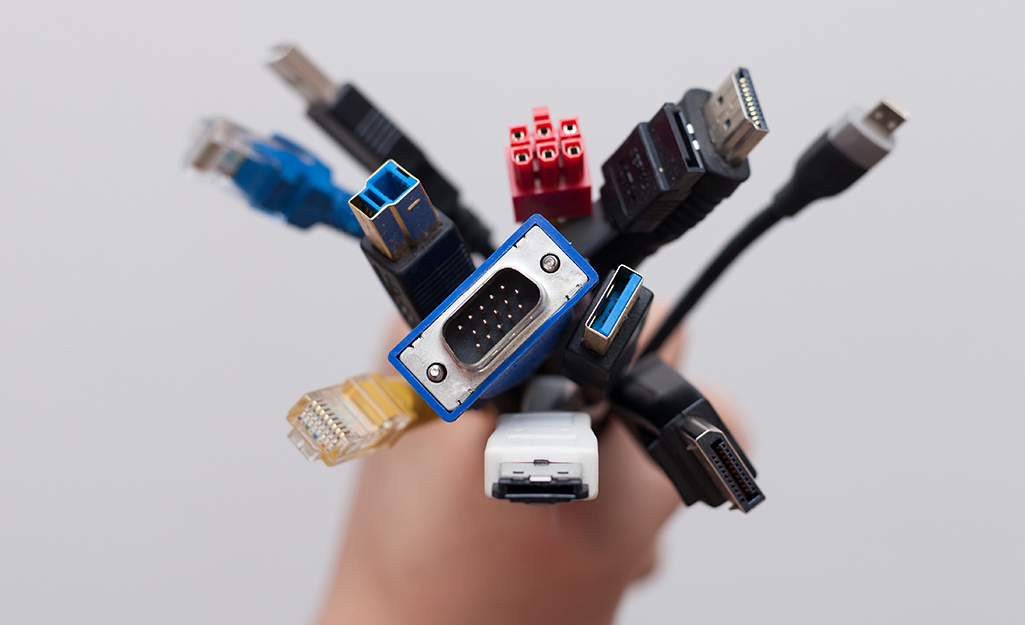
When you are installing a network, you need to have plenty of cable connectors for connecting patch panels to network switches and servers or computers. The types of wiring connectors used depends on the network cable types. When you are installing a network, you need to have plenty of cable connectors for connecting patch panels to network switches and servers or computers. The types of wiring connectors used depends on the network cable types. There are different connectors for Ethernet/twisted-pair, coaxial, USB and fiber optic cables.
Ethernet Cable Connectors
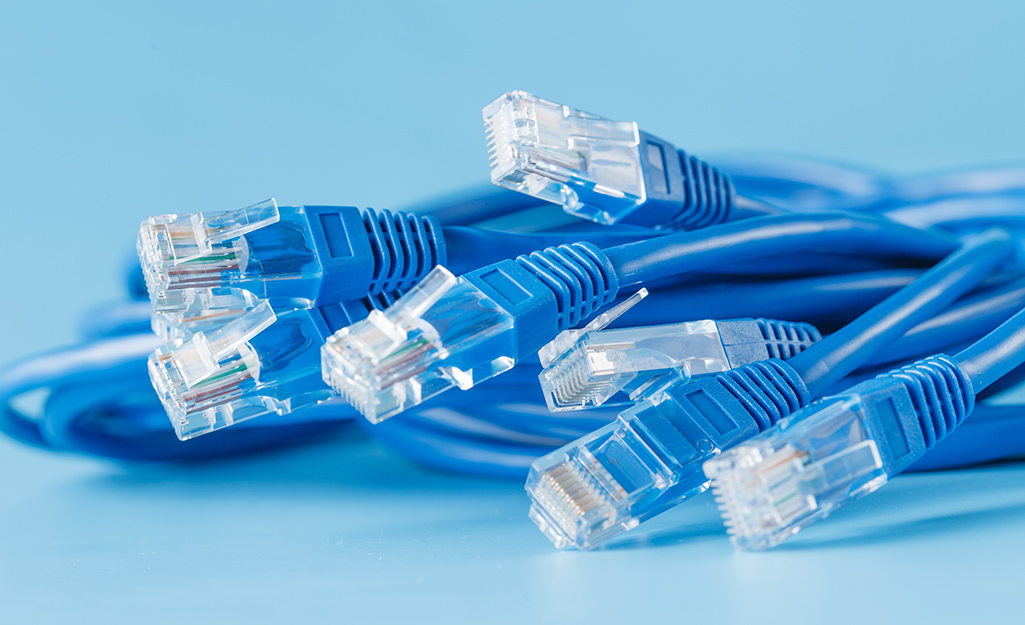
RJ45 connectors are used for CAT6 cables and CAT5e cables. These connectors for twisted-pair Ethernet cables are similar in appearance to a standard telephone cord connector. They are wider, however, because they have eight conductors compared to only four conductors on a telephone jack.
To install these types of wiring connectors, a stripping tool is used to expose the twisted pairs of wires from the cable, which are then positioned into the appropriate slots on the terminal plug. The connector is then crimped to the cable using a crimping tool.
Coaxial Cable Connectors
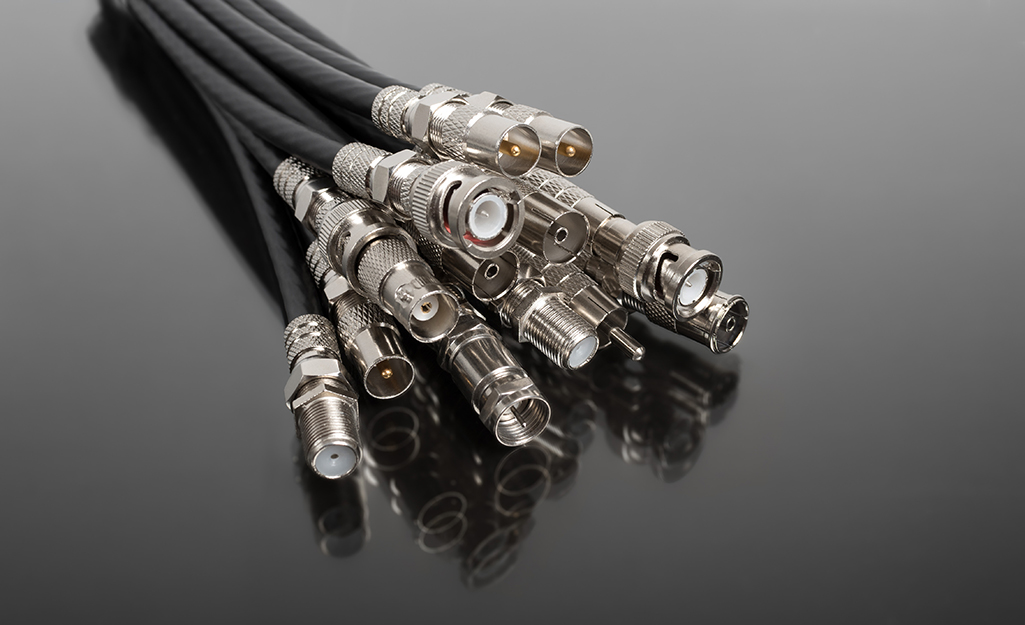
BNC connectors are a type of F-series connectors commonly found in households. This type of connector for RG59 or RG6 coaxial cable is used for cable television equipment, broadcast TV antennas and CCTV security camera installations. They are easy to connect and disconnect from equipment and provide inexpensive, stable connections to these communications devices and other cables.
To install a BNC connector, use a stripping tool to remove protective shields from the cable. The connector is pushed onto the end and then squeezed around the conductive material using a special compression crimper.
Twist-on F-connectors are also available for making quick and easy repairs to TV equipment without the need for special tools.
USB Connectors
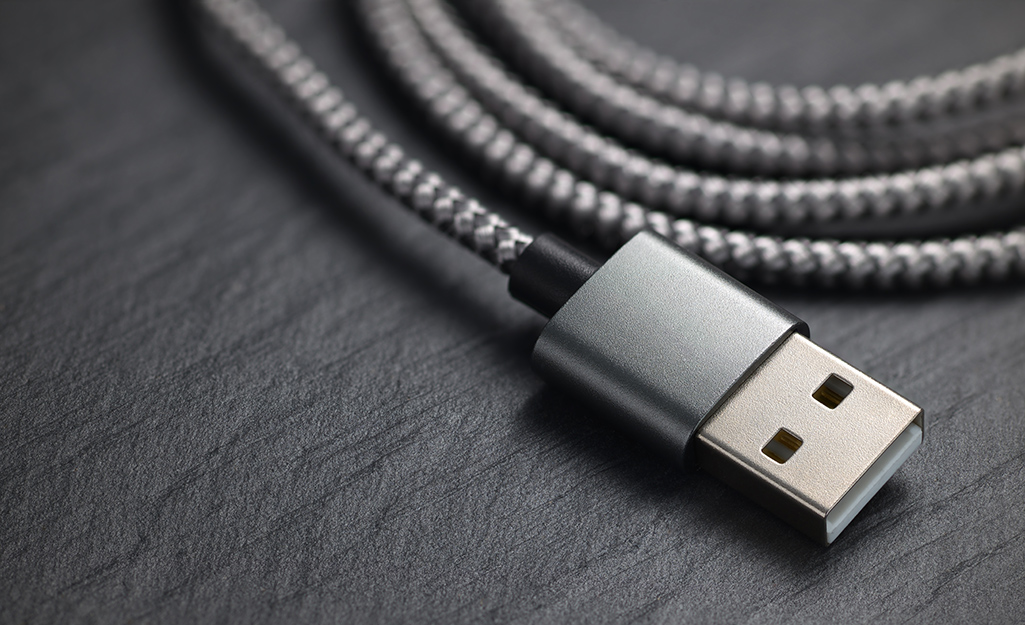
USB connectors are the most familiar to the majority of people. USB (Universal Serial Bus) connectors typically join external devices to a personal computer or are used for mobile phone charging. There are adapters that will allow an Ethernet cable to connect directly to a USB port, though this type of setup would be a temporary solution for networking.
Fiber Optic Cable Connectors
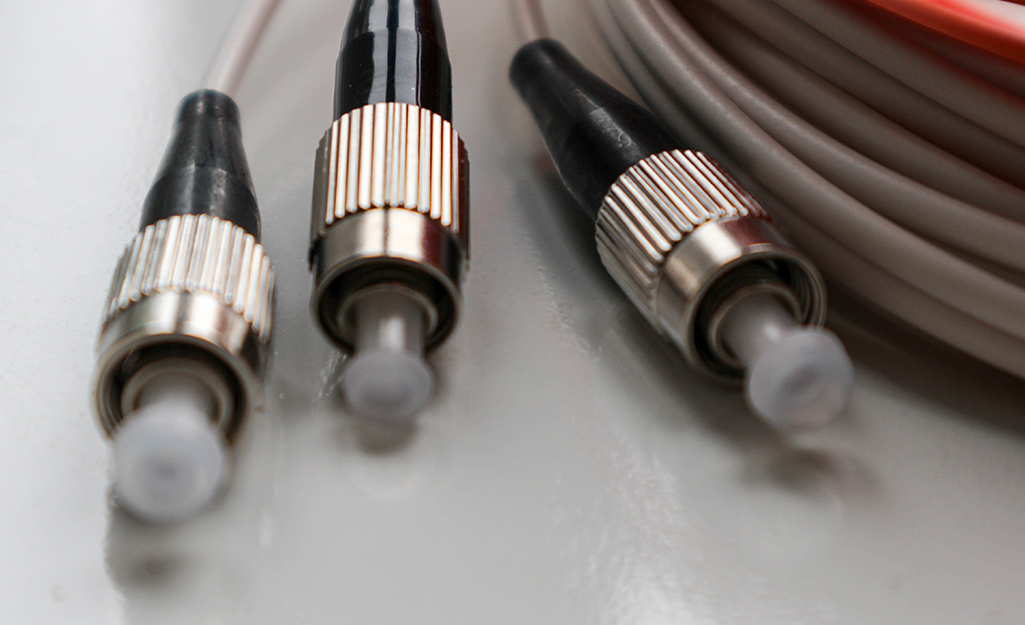
Fiber optic connectors require different types of connectors from those used with coax or twisted-pair cables, such as CAT5e. These types of connectors in networking must align glass fibers with precision to allow for communication. If you choose to use optical cable over twisted pair Ethernet, you may need to install a special adapter in your computer to utilize various fiber optic cable connector types.
The type of wiring connector used depends on the style of jack in the peripheral device.
- SC connectors: A push-pull latching mechanism in SC connectors provides quick insertion and removal while also ensuring a positive connection.
- ST connectors: ST connectors were among the first connectors in networking fiber optic cable. These use a plug and socket, which is locked in place with a twist-style bayonet lock.
- LC connectors: LC-type connectors have a squarish duplex configuration. Installation of this small form factor (SFF) connector is quick for rapid repair of replacement needs.
Cable and Connector Facts
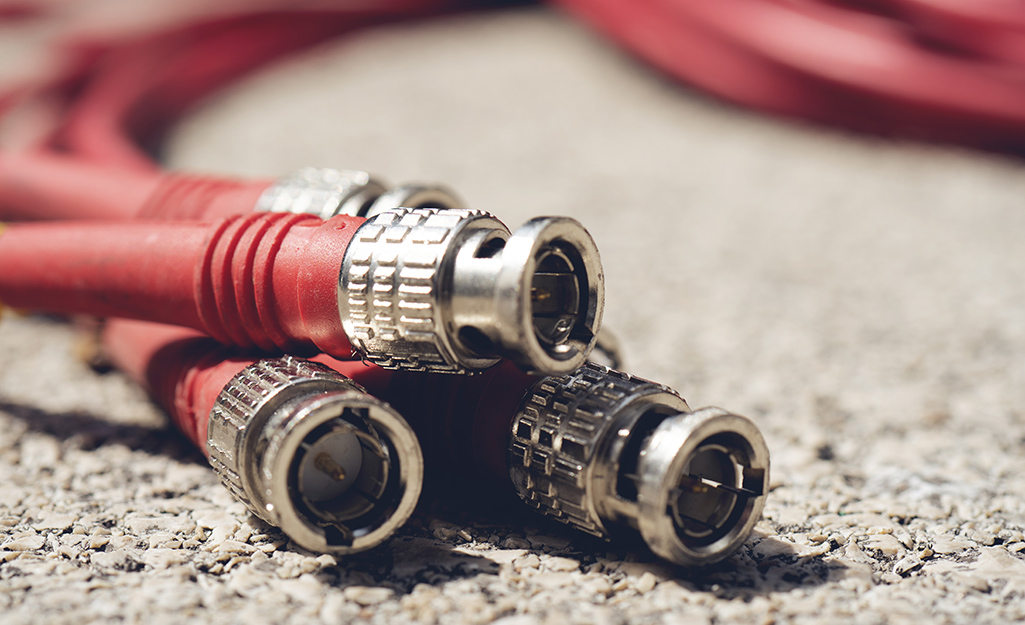
Network cabling requires matching the correct cabling and network connector types for your devices, system bandwidth and other factors.
Make sure you meet all wiring standards and transmission speeds, whether using a twisted-pair cable, fiber-optic cable or coaxial cabling.
Outside of computer networking, optical fiber is sometimes used in home theater systems. "Toslink" is a standardized optical fiber connector system for digital connections for sound bars, receivers, gaming systems and similar components in home setups.
Connectors and cables go hand-in-hand to connect everything from computers to business telecommunication systems to home theaters. There is a different type connector for every type of cable: coaxial, Ethernet and USB. Pairing the right connectors with the right cables will make sure your network runs smoothly. Ready to build find cable and connectors for your project? Download The Home Depot Mobile App to locate products to the exact aisle and bay and to buy from the inventory.
